Nikola Tesla and his Compatriots
Friday, 01.09.2006.
12:31

Nikola Tesla and his Compatriots
Nikola Tesla’s father, Milutin Tesla, a priest in Gospić, at first tried to force on his son his own career, but later realized that the young and then sickly Nikola has the only wish to become an engineer. He fulfilled, after all, the wish to his fourth child, and by that time the only son, and decided, after the completion of the Karlovac (Rakovac) High School, in the autumn of 1875, to enroll him into the High Technical School of the Chemistry-Chemical Engineering College in Graz, Austria.
It is significant to mention that Tesla, after the arrival at Graz, joined the student association “Srbadija” made as a counterweight to the German youth associations. This society published its literary-science almanac with the same title, printed in the center of Serbian minority in Austria-Hungary at the time, Novi Sad. At one meeting of “Srbadija” in January 1876, Tesla delivered the announcement “About Capillary Tubes.” It is interesting that Tesla chose the same topic for his first public lecture (capillary phenomena) as Albert Einstein 25 years after him (1901), as well as Nils Bor in 1906. It should be also mentioned that Tesla was infallibly punctual going to lectures, and unlike his colleagues did not miss labs even at 30 below zero Celsius.

At that time in the Serbian Monarchy scientific circles started spreading towards Europe, and Serbia became involved in all the scientific achievements of the time.

But it seems that the most significant fact was that he was of the same age as Nikola Tesla and practically the only man in Serbia at that time who was Nikola Tesla’s personal friend and, to a certain extent, his collaborator. Without this circumstance Tesla’s achievements from that period would have remained unknown to us.

Tesla was received by King Aleksandar Obrenović as well, who wanted to ordain the already renowned scientist with the order of Saint Sava first degree, but Tesla, as an American citizen, could not receive the decoration. During the visit, Tesla gave a lecture in Kapetan-Miša’s building, where he addresses those present in the following way: “There is something in me that could be a delusion, as often is the case with young and enthusiastic people. But if I am lucky to realize only some of my ideas, it will be a good deed for the entire humanity. If those hopes of mine are fulfilled, my sweetest thought will be that it is the work of a Serb...

This is not such a surprising piece of information considering that in the “war of currents,” even Mihajlo Pupin did not give support to Tesla. In any event, Stanojević and Tesla can be called friends from then. Next year, Tesla was proposed to become a corresponding member of the Serbian Academy of Arts and Sciences, but he was not elected unfortunately, and this was not accomplished until next year, 1894!
In 1905 Stanojević founded a library for general and applied physics, where in the next few years he introduced the readers with the latest achievements of science and technology of the period, and brought them closer to the work and inventions of their compatriot, Nikola Tesla. He did it often with works dedicated to his friend, the most significant being: “Nikola Tesla and His Inventions” (1894).
Tesla ceded to Stanojević the texts of patents and lectures, and sent images and schemes, so Stanojević, himself well known in broader scientific circles in Europe, used that in the most skillful manner, and introduces our science to the modern currents in the field of electronic engineering.

It should be noted that, as a student, Tesla twice requested a stipend from Matica Srpska, and he was refused both times. Tesla was a child of a priest, nevertheless, and that, from a financial standpoint, was an impeding circumstance for the people from Matica Srpska.
Tesla became the honorary Doctor of Sciences in a series of European institutions of higher education: In 1908 Vienna Polytechnic Faculty, Belgrade and Zagreb Universities in 1926, and from 1936 to 1937 Higher Technical Schools in Prague and Graz, University of Bucharest, Grenoble, Sofia and other cities.
In the most difficult year for him, he refused financial aid from private individuals, even from those he respected, as well as from industrial companies. In a letter sent in 1935 to the general consul of Yugoslavia in New York, Mr. Janković, Tesla asked him to tell Mihajlo Pupin that he would consider every attempt of monetary help as a great insult, and as a sign that his creative work has come to an end.
He was convinced, finally, with great difficulties to accept a lifelong pension from the government of the Yugoslav Monarchy in the amount of 600 dollars a month.

Tesla’s youngest nephew, Sava Kosanović, also a child of a priest, and the son of his youngest sister, Marica, became attached to his uncle, just as Tesla became attached to his uncle Pajo Mandić. He immigrated to America in 1941 because of the invasion of Yugoslavia by Germany and Italy, and remained with Tesla until his death on January 7th 1943 in the loft of “New Yorker.”
As a diplomat, Kosanovic served as the ambassador of Yugoslavia in the United States from 1946 to 1948.

In the museum found in Krunska 51, the only one preserving the original and personal legacy of the great scientist, there are more than 160,000 original documents, more than 2,000 books and magazines, historical and technical displays, photographs, original technical models, instruments and devices.
Since 1957 the museum represents a unique institution of science and culture because it is the only museum that is a mausoleum at the same time, because it contains the urn in the form of a sphere, preserving Tesla’s cremated remains. Tesla was, in fact, buried according to Orthodox Christian customs, but he was later cremated, according to his family’s wishes.


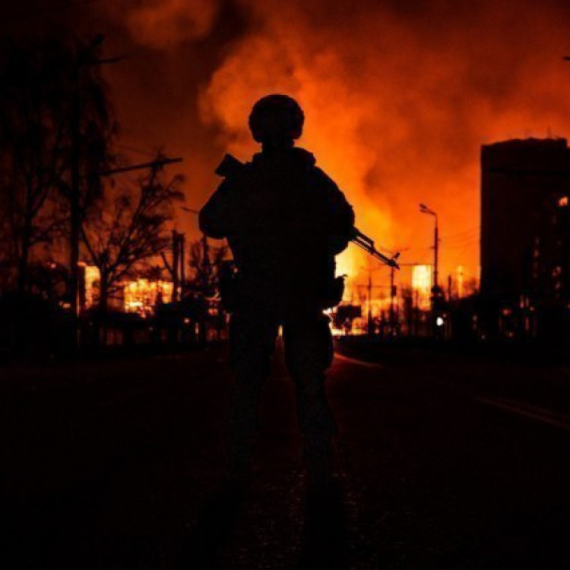

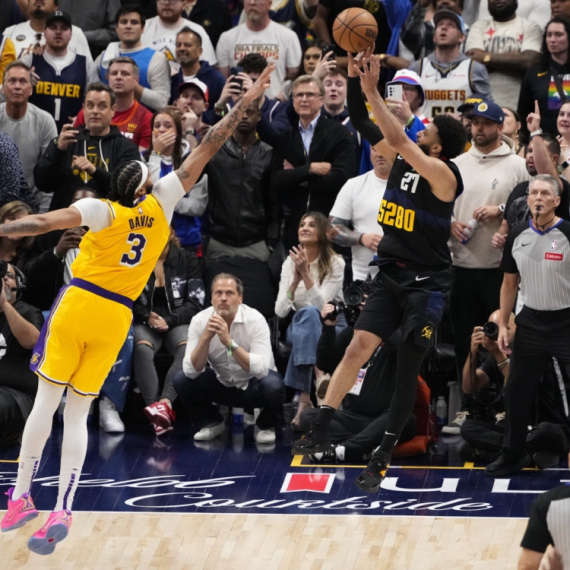
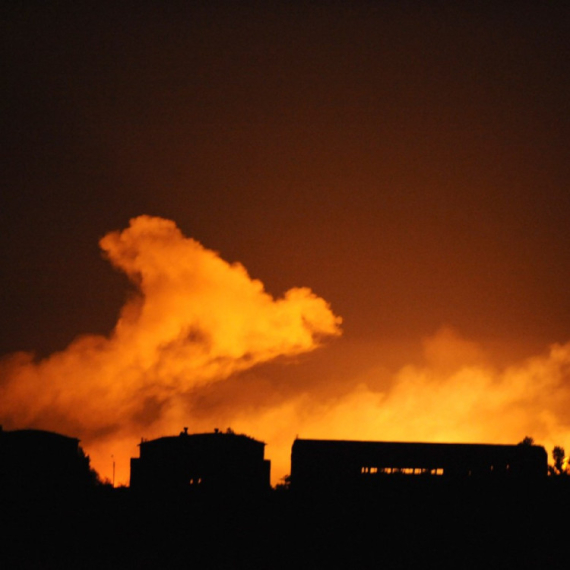
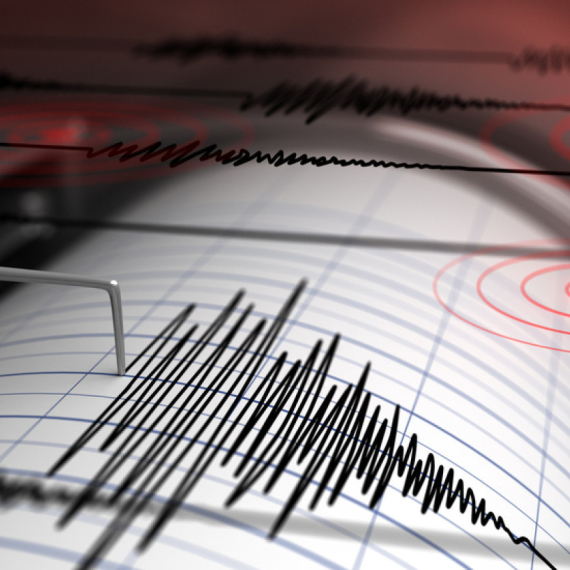



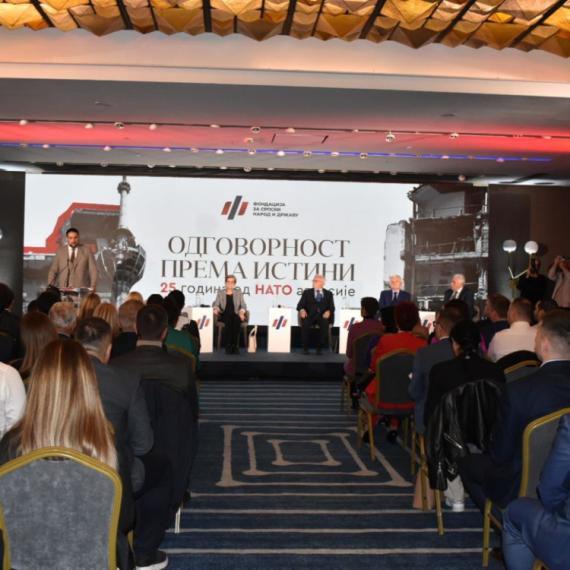

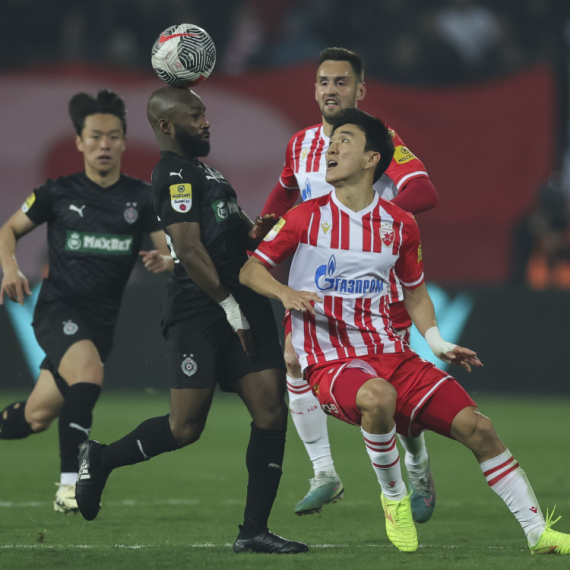
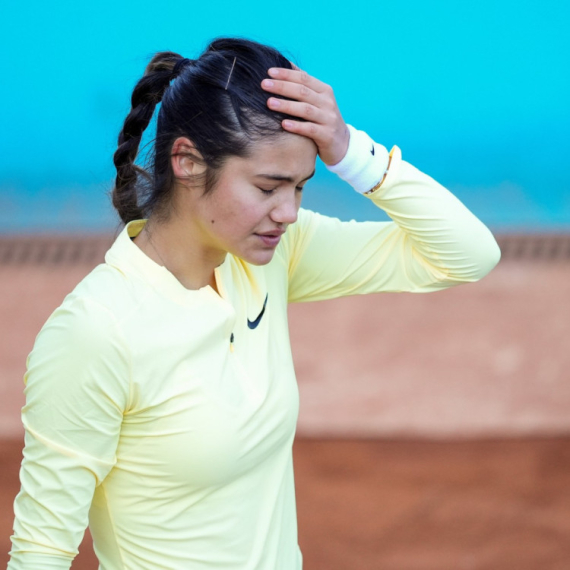
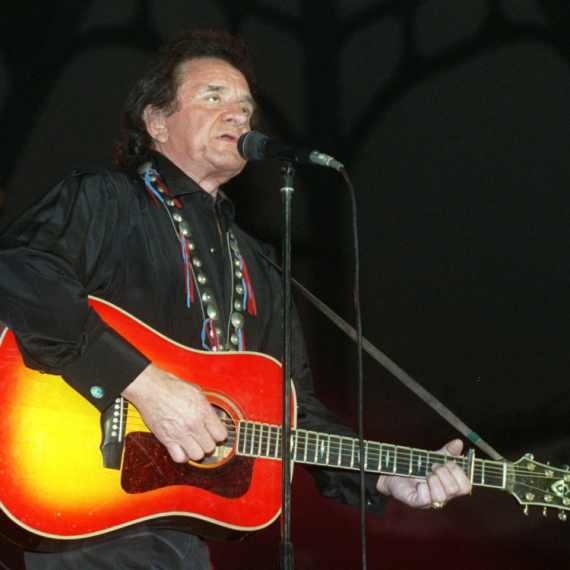
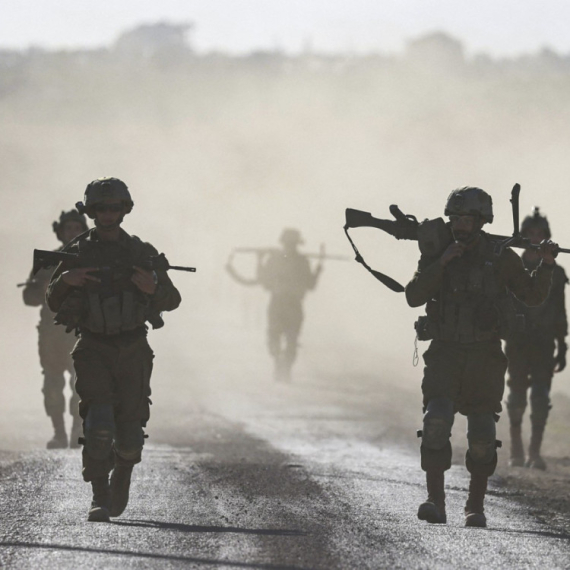
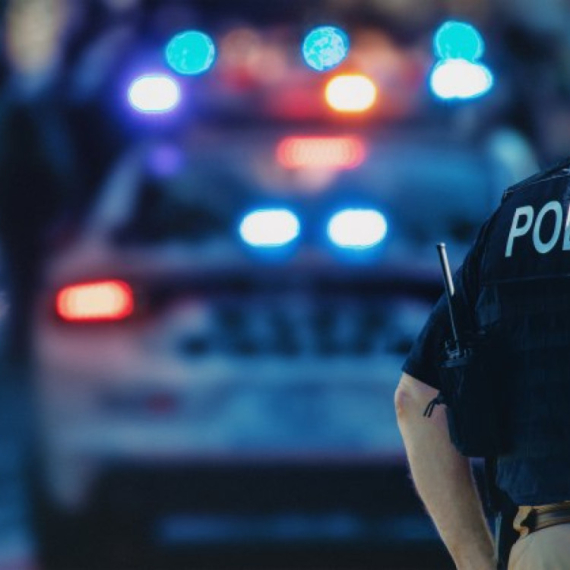
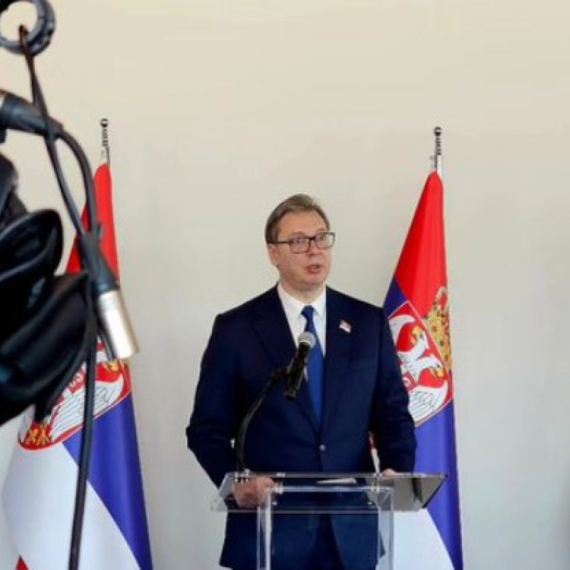
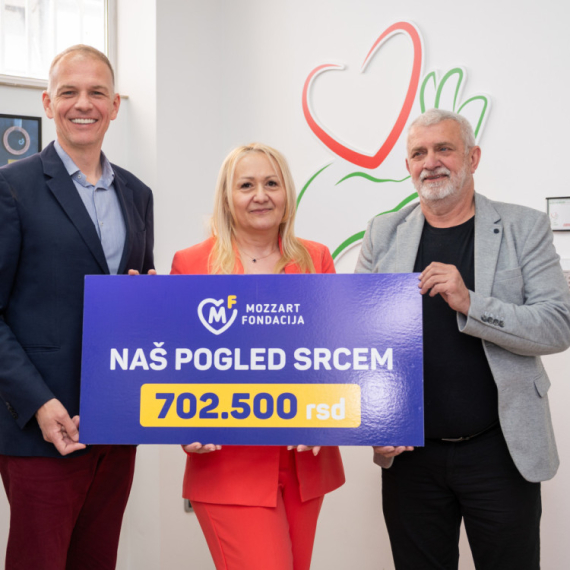
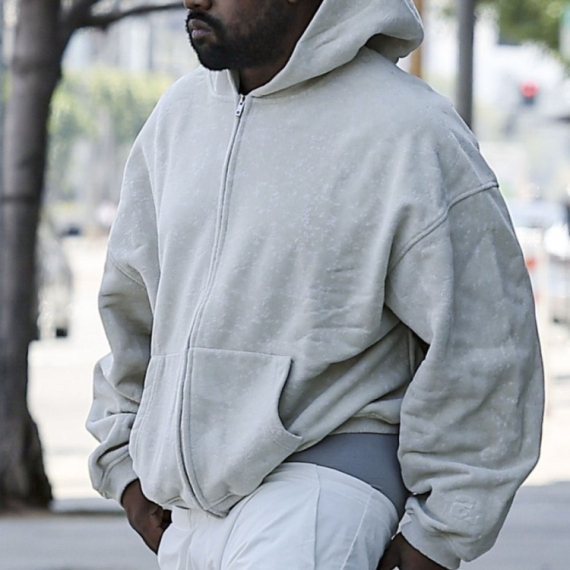
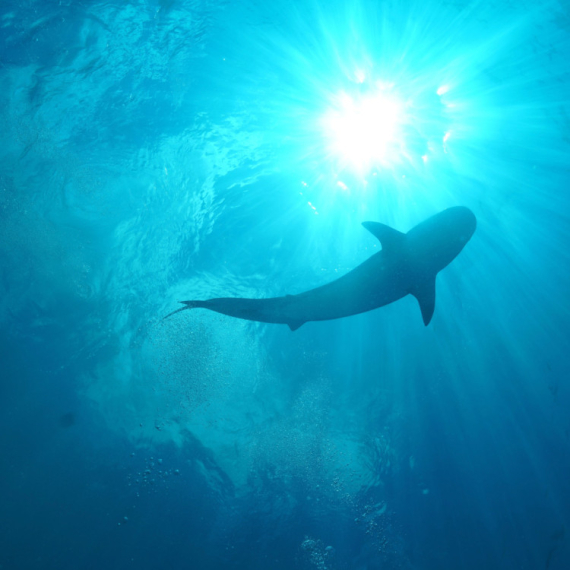
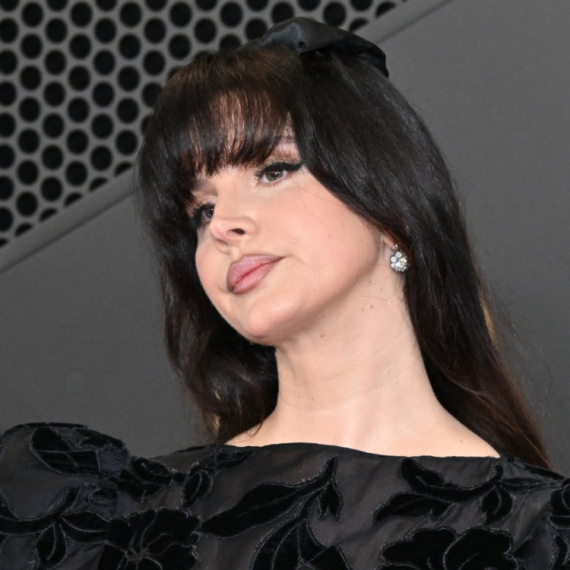
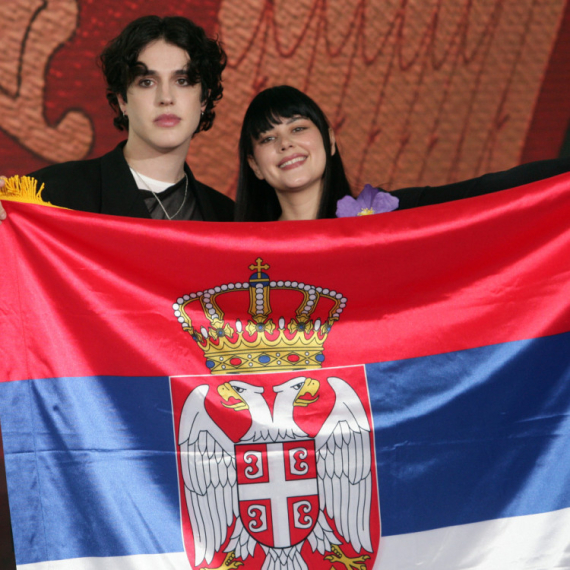
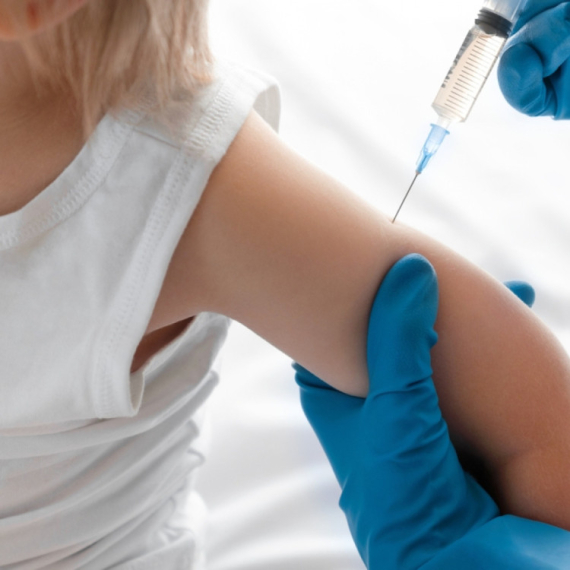
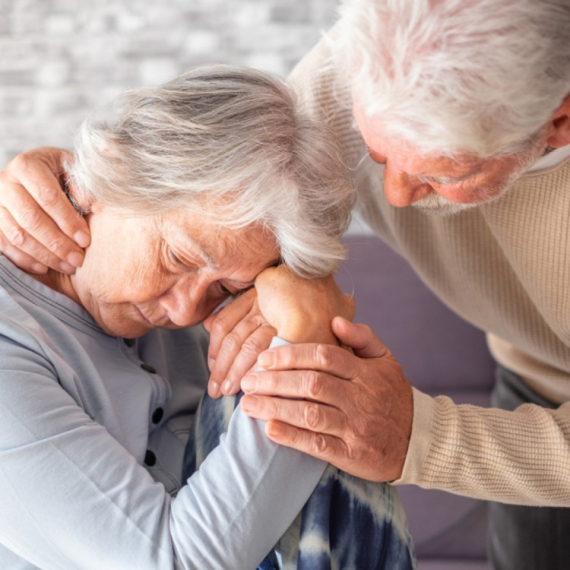

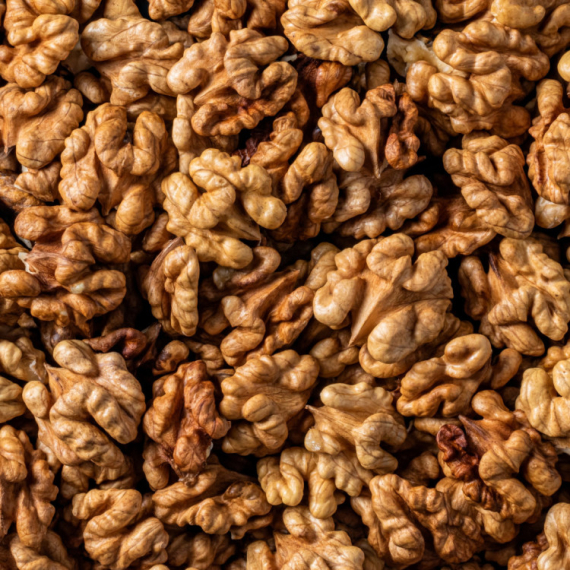

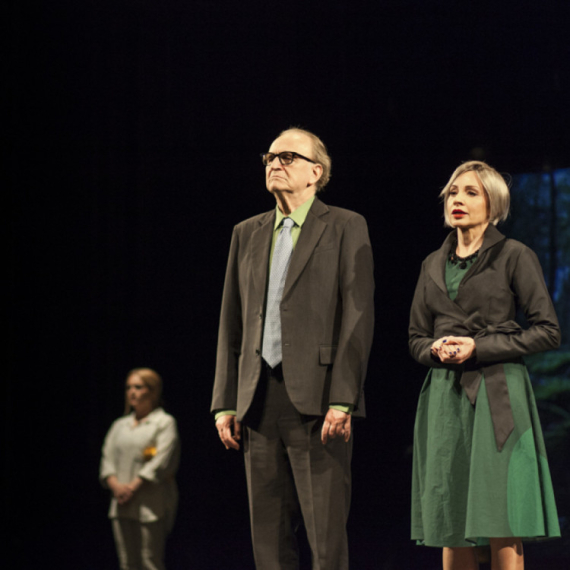
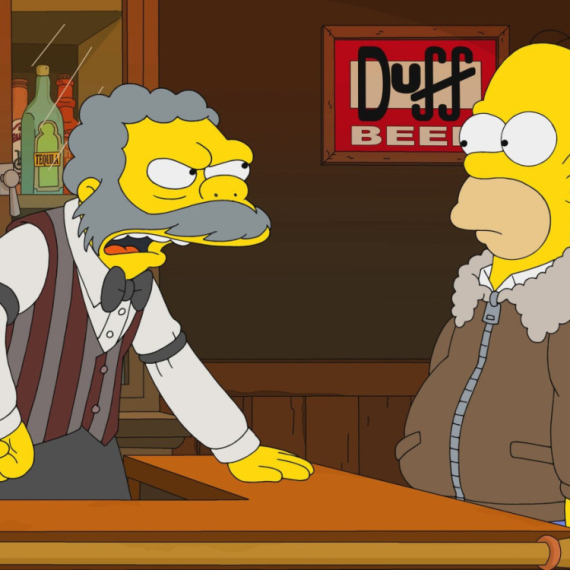
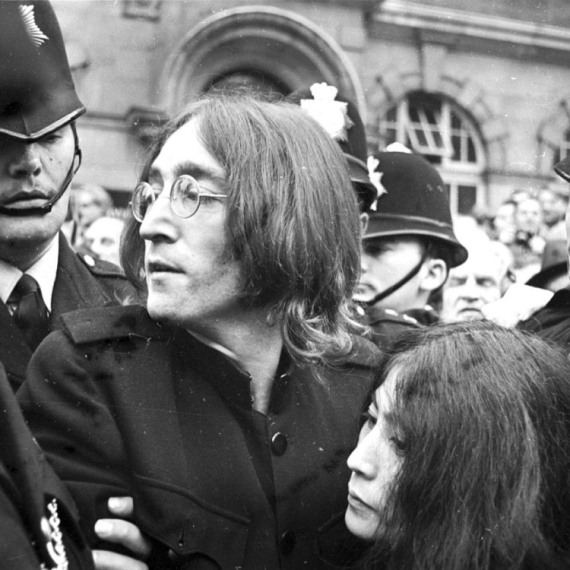
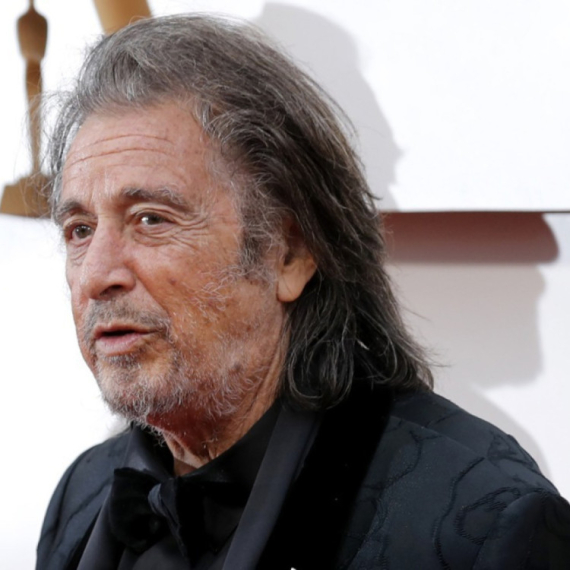





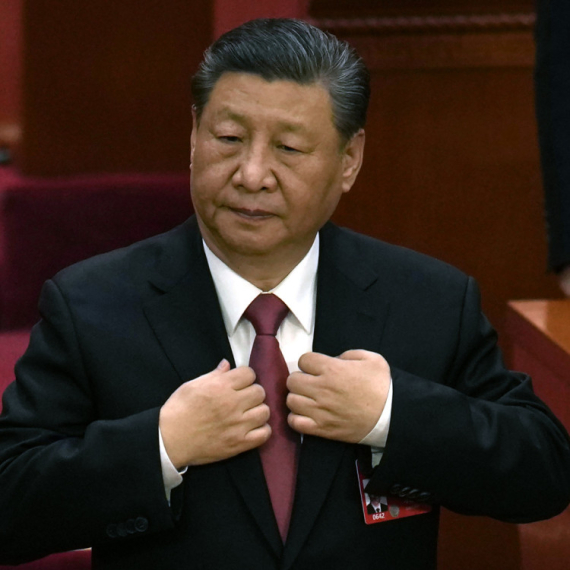
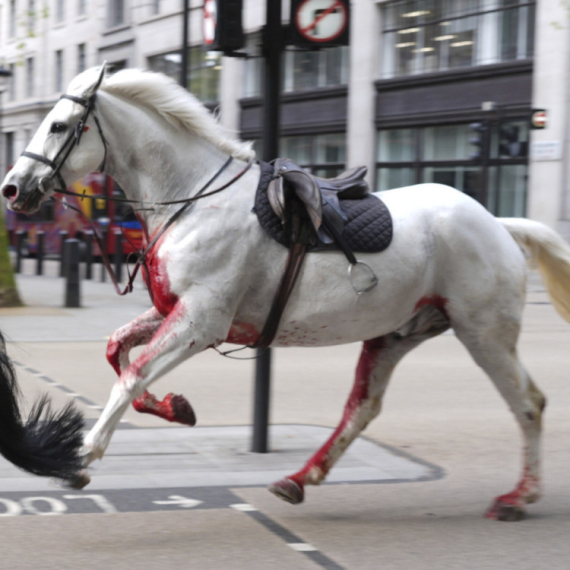
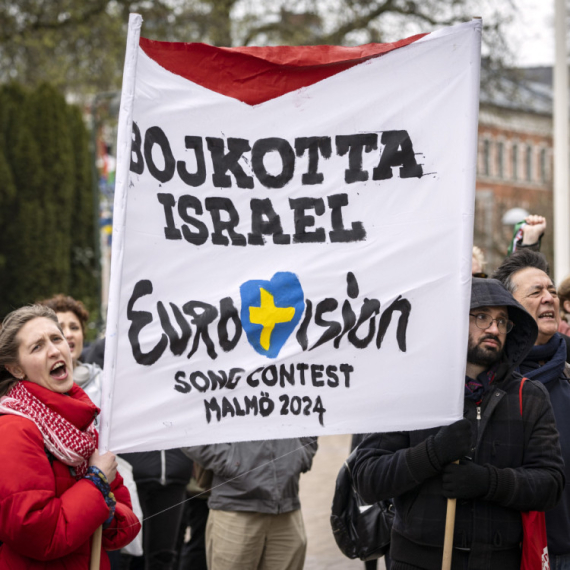
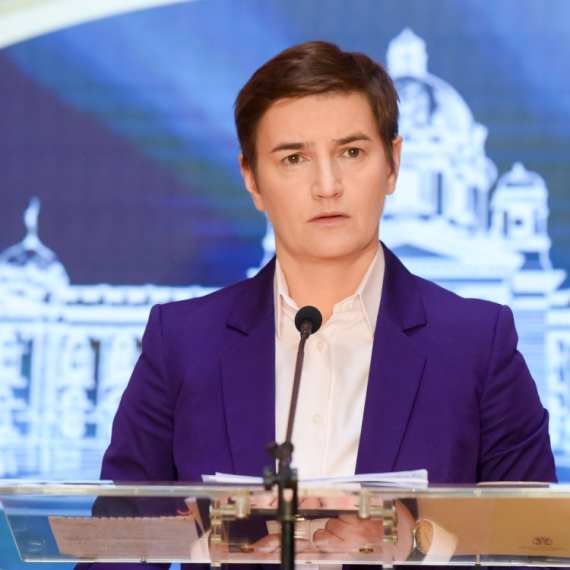
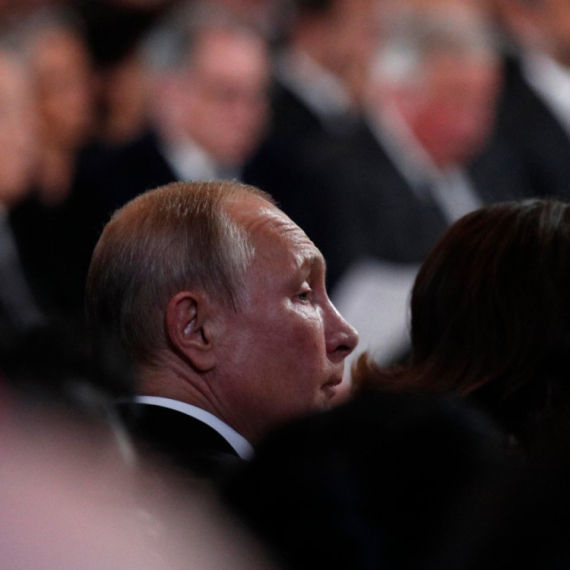
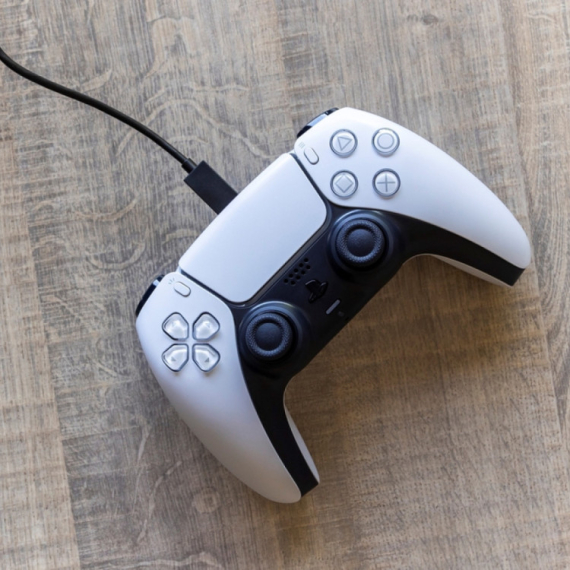
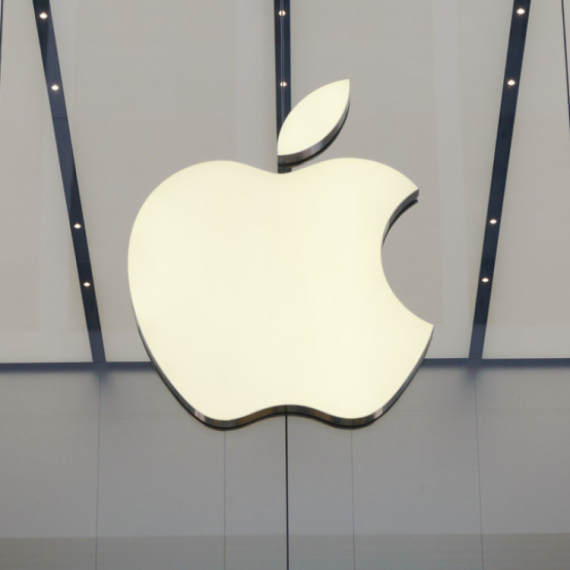
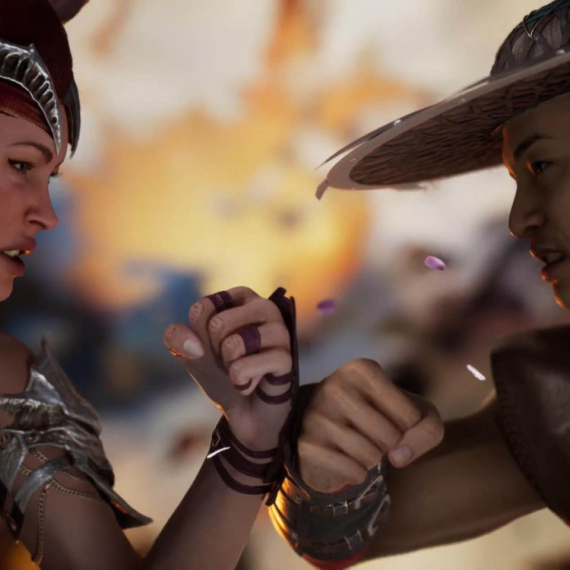

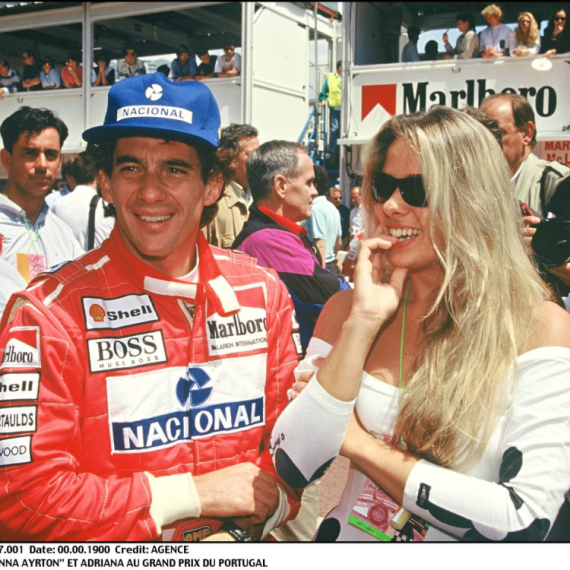
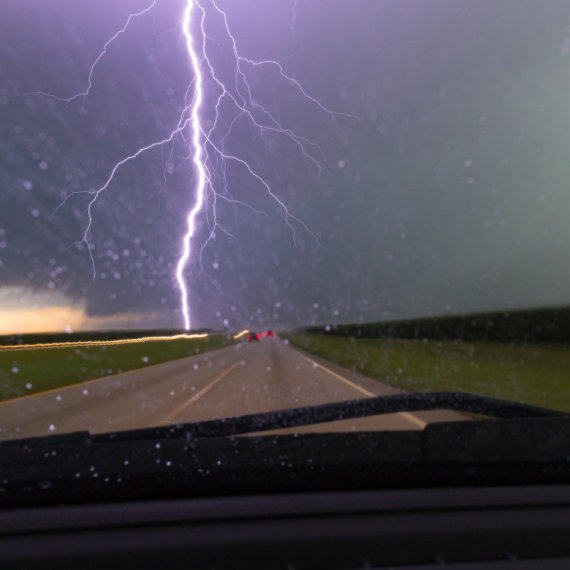
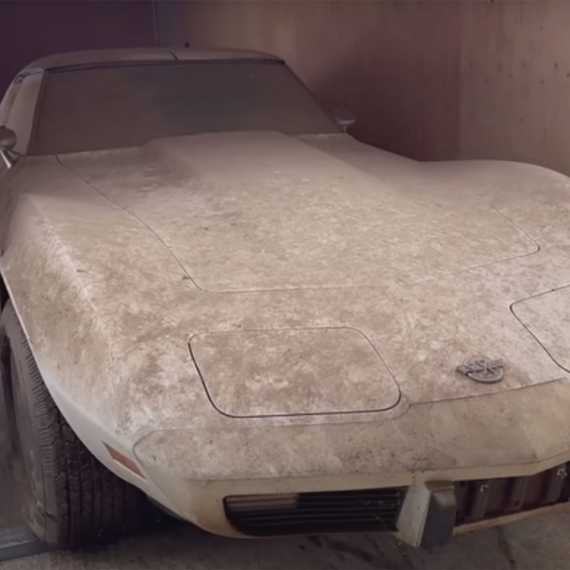
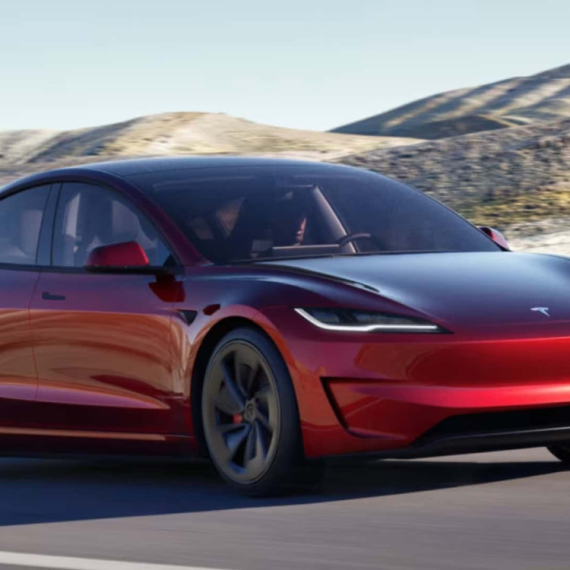


Komentari 0